Table of Contents
-
FREE
REGISTRATION
HERE!
-
New to supercomputing? Click
here.
-
KEYNOTE:
Margaret
Martonosi,
National Science Foundation
-
PLENARY:
Henry Neeman,
University of Oklahoma
-
PLENARY:
Lynne Parker,
Office of Science and Technology Policy
(OSTP)
-
PLENARY:
Katherine Riley,
Argonne National Laboratory
-
PLENARY:
Dan Stanzione,
Texas Advanced Computing Center,
University of Texas
-
PLENARY:
Thirumalai
"Venky" Venkatesan,
University of Oklahoma
-
LUNCHTIME PANEL:
Kim Owen,
North Dakota State University
-
LUNCHTIME PANEL:
Natasha Pavlovikj,
University of Nebraska Lincoln
-
LUNCHTIME PANEL:
Christina Roberts,
University of Missouri Columbia
-
PLENARY PANEL:
Kendra Dresback,
University of Oklahoma
-
PLENARY PANEL:
David Jahn,
NOAA/NWS Storm Prediction Center
-
PLENARY PANEL:
Dimitrios
Papavassiliou,
University of Oklahoma
-
PLENARY PANEL:
Patrick
Skubic,
University of Oklahoma
-
PLENARY PANEL:
Louis
J. Wicker,
NOAA National Severe Storms Laboratory
PLENARY
SPEAKERS
Assistant Director
Computer
and Information Science and Engineering
National
Science Foundation
Topic:
"The CISE Research, Education, and
Infrastructure Landscape: A Look Forward"
Slides:
PDF
Talk Abstract
The
National
Science Foundation
The National Science Foundation
(NSF)
supports a majority of US academic research
in the
Computer
and Information Science and Engineering
(CISE)
topic areas.
Since February, 2020,
Dr. Margaret Martonosi serves as NSF CISE AD,
stewarding the CISE directorate's
$1B annual budget
on behalf of
research,
education,
workforce and infrastructure funding
in CISE topic areas and for science as a whole.
In this talk,
Martonosi will offer a vision for
CISE research going forward,
and the NSF programmatics
to support that vision.
Biography
Margaret Martonosi
is the US
National
Science Foundation's
Assistant Director for
Computer
and Information Science and Engineering
and information Science and Engineering
(CISE).
With an annual budget of more than $1B,
the CISE directorate at NSF
has the mission
to uphold the Nation's leadership in
scientific discovery and engineering innovation
through its support of
fundamental research and education in
computer and information science and
engineering
as well as transformative advances in
research cyberinfrastructure.
While at NSF,
Dr. Martonosi is on leave from
Princeton
University
where she is the
Hugh Trumbull Adams '35 Professor of
Computer
Science.
Dr. Martonosi's research interests are in
computer architecture
and
hardware-software interface issues
in both
classical and quantum computing systems.
Dr. Martonosi is a member of the
National
Academy of Engineering
and the
American
Academy of Arts and Sciences.
She is a Fellow of the
Association
for Computing Machinery
(ACM) and the
Institute
of Electrical and Electronics Engineers
(IEEE).
Executive Director for Research Computing
Information
Technology
Director
OU
Supercomputing Center for Education
& Research (OSCER)
Information
Technology
Associate Professor
College
of Engineering
Adjunct Associate Professor
School
of Computer Science
University
of Oklahoma
Joint Co-manager
(with
Dana
Brunson)
XSEDE
Campus Engagement
program
Topic:
"OSCER State of the Center Address"
Slides:
PowerPoint
PDF
Talk Abstract
The
OU
Supercomputing Center for
Education & Research
(OSCER)
celebrated its 20th anniversary
on August 31 2021.
In this report,
we examine
what OSCER is,
what OSCER does,
what OSCER has accomplished
in its 20 years,
and where OSCER is going.
Biography
Dr.
Henry Neeman
is the
Director of the
OU
Supercomputing Center for Education &
Research,
Executive Director
for Research Computing,
Associate Professor in the
College
of Engineering
and
Adjunct Associate Professor in the
School
of Computer Science
at the
University of
Oklahoma.
He and
Dana
Brunson
have been appointed
joint co-leads of the
XSEDE
Campus Engagement
program,
which includes the
Campus
Champions.
He received his BS in computer science
and his BA in statistics
with a minor in mathematics
from the
State
University of New York at Buffalo
in 1987,
his MS in CS from the
University of
Illinois at Urbana-Champaign
in 1990
and his PhD in CS from UIUC in 1996.
Prior to coming to OU,
Dr. Neeman was a postdoctoral research
associate at the
National
Center for Supercomputing Applications
at UIUC,
and before that served as
a graduate research assistant
both at NCSA
and at the
Center for
Supercomputing Research &
Development.
In addition to his own teaching and research,
Dr. Neeman has collaborated with
dozens of research groups,
applying High Performance Computing techniques
in fields such as
numerical weather prediction,
bioinformatics and genomics,
data mining,
high energy physics,
astronomy,
nanotechnology,
petroleum reservoir management,
river basin modeling
and engineering optimization.
He serves as an ad hoc advisor
to student researchers
in many of these fields.
Dr. Neeman's research interests include
high performance computing,
scientific computing,
parallel and distributed computing
and
computer science education.
Lynne Parker
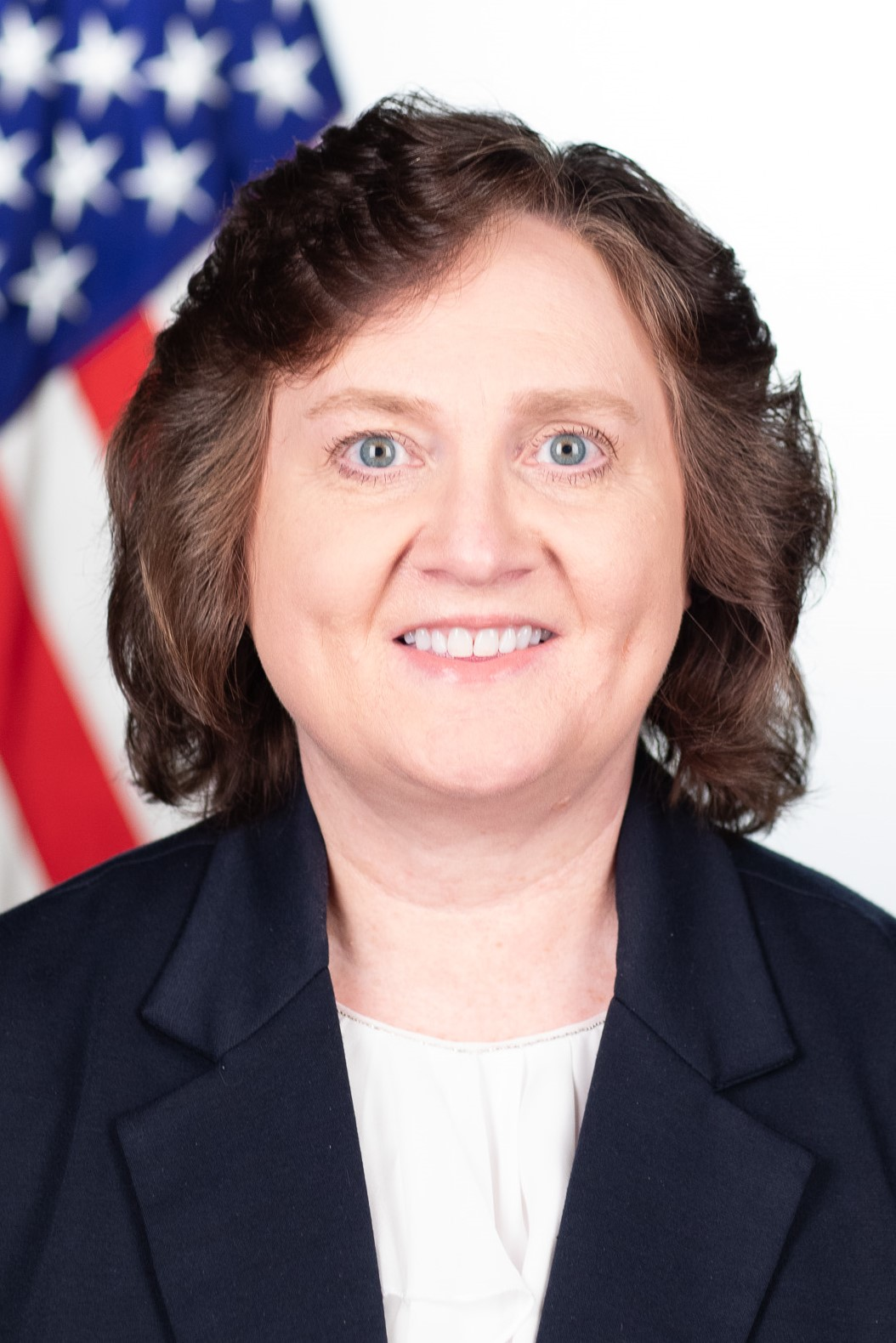
Director
National
AI Initiative
Office
Assistant Director of OSTP
for Artificial Intelligence
Office
of Science and Technology Policy
(OSTP)
The
White House
Topic:
"The National AI Research Resource and
the National AI Initiative"
Slides:
PDF
Talk Abstract
In January 2021,
the
National
AI Initiative
was launched,
which included the creation of
a Task Force
to prepare an implementation plan for
a
National AI Research Resource
--
a comprehensive
computational and data infrastructure
aimed at democratizing
access to needed resources for
the AI research community.
This talk will overview
the work of this Task Force
and
place it in the context of
the goals and activities of
the National AI Initiative.
Biography
Dr. Lynne E. Parker
is the Founding Director of the
National
Artificial Intelligence (AI)
Initiative
Office,
and
Assistant Director for AI in the
White
House
Office
of Science and Technology Policy
(OSTP).
In these roles,
she leads national AI policy efforts
and coordinates AI activities
across the Federal agencies
in support of the National AI Initiative.
She also serves as the co-chair of the
National
AI Research Resource Task Force.
Dr. Parker has advanced AI policy
in the White House since August 2018,
and has played an integral role in
numerous
landmark national AI policies
that bolster
research,
governance,
education and workforce training,
and
international engagement.
Dr. Parker is
Professor of
computer
science
at the
University
of Tennessee
(UT)
(on assignment to OSTP).
She is an expert on
distributed and intelligent robot systems,
human-robot interaction,
and AI,
and has published extensively in these areas.
She
has held leadership positions at
UT (Interim Dean),
the
National
Science Foundation
(Division Director),
and
Oak
Ridge National Laboratory
(Distinguished R&D Staff Member and
Group Leader).
She received her PhD from the
Massachusetts
Institute of Technology
(MIT)
and is a Fellow of the
American
Association for the Advancement of
Science
(AAAS)
and the
Institute
of Electrical and Electronics Engineers
(IEEE).
Katherine Riley
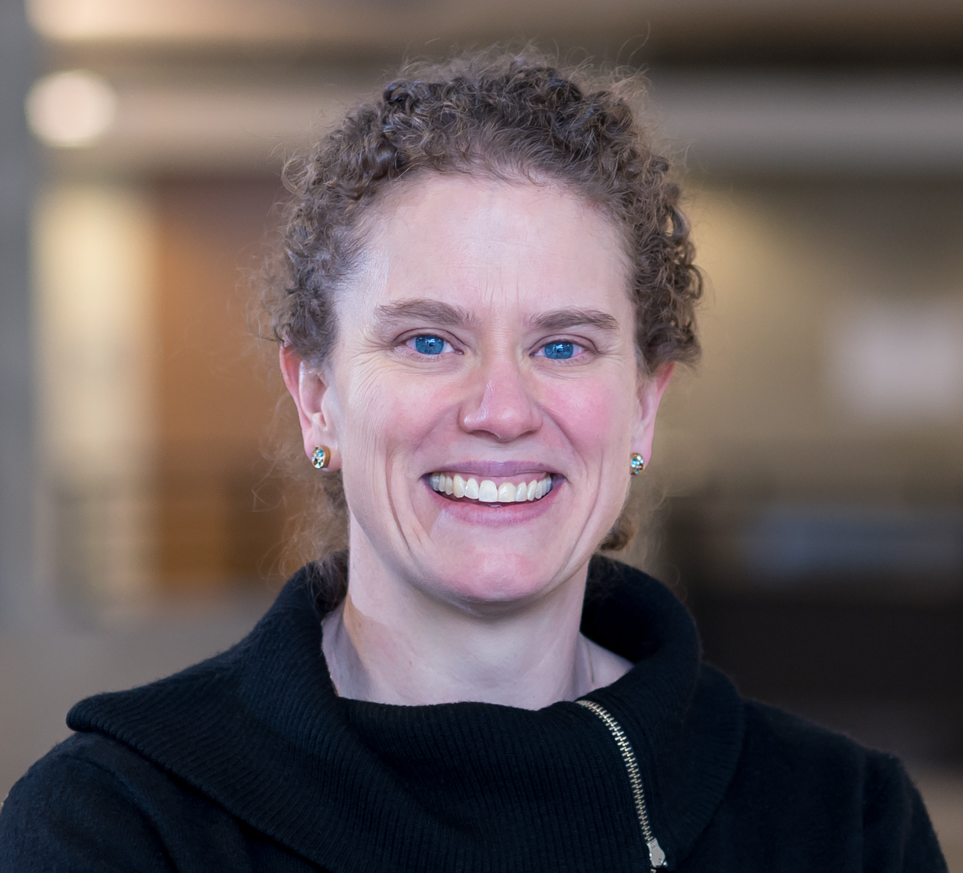
Director of Science
Argonne
Leadership Computing Facility
Argonne
National Laboratory
Topic:
"The Argonne Leadership Computing Facility -
Science at Exascale and Beyond"
Slides:
PDF
Talk Abstract
For 15 years,
the
Argonne
Leadership Computing Facility
has helped lead the way in scientific
excellence on supercomputing resources.
In this talk,
I will give an overview of
what the facility has achieved to now,
and how we are adapting
as we look to scientific computing
in the future.
As the US exascale systems
come on in the next year,
I will overview
how we are preparing research teams,
and paint a picture for what we might be seeing
in future systems.
Biography
Katherine Riley
is the Director of Science for the
Argonne
Leadership Computing Facility
(ALCF),
leading a team of experts in
computational science,
performance engineering,
visualizations,
and
data sciences.
She leads scientific strategy for the ALCF,
ensuring the
facility delivers
leading-edge computational
capabilities and expertise
that helps advance
fundamental discovery and understanding
in a broad range of
scientific and engineering disciplines.
She has led multiple efforts to collect
HPC and scientific
application development requirements
from multiple scientific communities.
Currently,
she is also the program manager
for
U.S.
Department of Energy's
Innovative
and Novel Computational Impact on
Theory and Experiment
(INCITE) -
the flagship allocation program for
both DOE Leadership Computing Facilities.
Dan
Stanzione
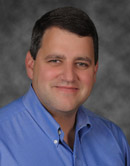
Executive Director
Texas
Advanced Computing Center
The University
of Texas at Austin
Topic:
"TACC@20 —
Twenty Years of Research Computing at
the Texas Advanced Computing Center,
and on to
the Leadership Class Computing Facility"
Slides:
PowerPoint
Talk Abstract
TACC just had its 20th anniversary.
In this talk,
we'll take a brief walk
through all that has happened
in the 20 year history of the center,
and how things are evolving still.
The talk will also cover the requirements
gathered for the upcoming
National
Science Foundation
Leadership
Class Computing Facility,
slated to launch construction in 2024,
and how learnings from this process
are affecting
how we build and operate HPC systems today.
Biography
Dan Stanzione is the Executive Director of the
Texas
Advanced Computing Center
(TACC)
at
The
University of Texas at Austin
and the Principal Investigator for
Wrangler.
He is also the PI for TACC's 10 PetaFlop
Stampede
supercomputer,
and has previously been involved in
the deployment and operation of the
Ranger
and
Lonestar
supercomputers at TACC.
He served as the Co-Director of
The
iPlant Collaborative,
an ambitious endeavor to build
cyberinfrastructure to address
the grand challenges of plant science.
Prior to joining TACC,
Dr. Stanzione was the founding director of the
Ira A. Fulton
High Performance Computing Institute
(HPCI)
at
Arizona
State University (ASU).
Before ASU,
he served as an AAAS Science Policy Fellow
in the
National
Science Foundation
and as a research professor at
Clemson
University,
his alma mater.
Thirumalai
"Venky" Venkatesan
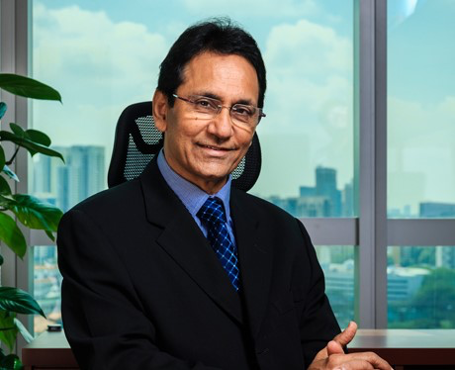
Executive Director
Center
for Quantum Research and Technology
Professor
Homer L. Dodge
Department of Physics & Astronomy
University
of Oklahom
Topic:
"An Organic Electronic Platform for
Ultra-low energy and Brain like
Electronics"
Slides:
PowerPoint
Talk Abstract
Coming soon
Biography
Coming Soon
Prof. T. Venkatesan
is currently the Director of the
Center
for Quantum Research and Technology
(Professor of
Physics
and
School
of Electrical & Computer Engineering)
at the
University
of Oklahom,
Scientific affiliate at
National
Institute of Standards and Technology
Gaithersburg
and Adjunct Professor of
ECE at
National
University of Singapore
(NUS).
Prior to this,
he was
Director of the
Nano
Institute
at NUS (NUSNNI),
where he was a Professor of
ECE, Physics, MSE and
NGS.
He wore various hats at
Bell
Labs
and
Bellcore
before becoming a Professor at the
University
of Maryland
As the inventor of the
pulsed laser deposition (PLD) process,
he has over 800 papers and 34 patents
and is globally among
the top one hundred physicists
(ranked at 66
in 2000)
in terms of his citations
(over 51,186, with a Hirsch Index of 115,
per Google Scholar).
He has graduated
over 56 PhDs,
35 postdocs
and
over 35 undergraduates.
He is also the founder and
Chairman of
Neocera
and
Neocera
Magma,
companies specializing in
PLD and magnetic field imaging systems,
and co-founder of
Blue
Wave Semiconductors.
He recently helped launch two
healthcare companies in Singapore,
Cellivate
and
Breathonix.
Close to 12 of the researchers
(PhD students and postdocs)
under him have become entrepreneurs,
starting
over 25 different commercial enterprises.
He is a Fellow of the
Royal
Society
(FRS),
American
Physical Society
(APS),
Materials
Research Society
(MRS),
winner of the
Bellcore Award
of excellence,
George
E. Pake Prize
awarded by APS (2012),
Distinguished
Lectureship on the Applications of Physics
Award- APS (2020),
President's gold medal of the
Institute
of Physics Singapore,
Guest Professor at
Tsinghua
University,
Academician of the
Asia Pacific Academy of Materials,
Fellow of the
World
Innovation Forum,
past member of the
Physics
Policy Committee
(Washington DC),
the Board of Visitors at
UMD
and the Chairman of the
Forum
of Industry and Applications of Physics
at
APS.
He was awarded
the outstanding alumnus award from two
Indian Institute of Technologies-
IIT
Kanpur
(2015)
and
IIT
Kharagpur
(2016), India.
PANELISTS
Kendra Dresback
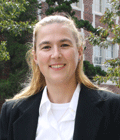
Research Assistant Professor
School
of Civil Engineering &
Environmental Science
University
of Oklahoma
Panel Topic:
"It Was 20 Years Ago Today: OSCER Then and Now"
Panel Abstract
OSCER was founded on August 31 2001.
In this panel,
OSCER users from the early days
talk about what OSCER was like then,
how OSCER has evolved,
and what impact OSCER has had.
Biography
Dr. Kendra M. Dresback
is a Research Assistant Professor in the
School
of Civil Engineering &
Environmental Science
at the
University
of Oklahoma.
She received her PhD in Civil Engineering at
the University of Oklahoma.
Her dissertation focused on
several algorithmic improvements to
the same
finite element-based shallow water model,
ADCIRC.
She has published papers in the area of
computational fluid dynamics.
Dr. Dresback's research includes
the use of computational models
to help in the prediction of
hurricane storm surge and riverine flooding
in coastal areas
and
the incorporation of transport effects in
coastal seas in ADCIRC.
Her research has been supported with
funding from
the
National
Science Foundation,
the
US
Department of Education,
the
Office
of Naval Research,
the
US
Department of Defense EPSCoR,
the
US
Department of Homeland Security,
National
Oceanic and Atmospheric Administration
and the
US
Army Corp of Engineers.
David Jahn
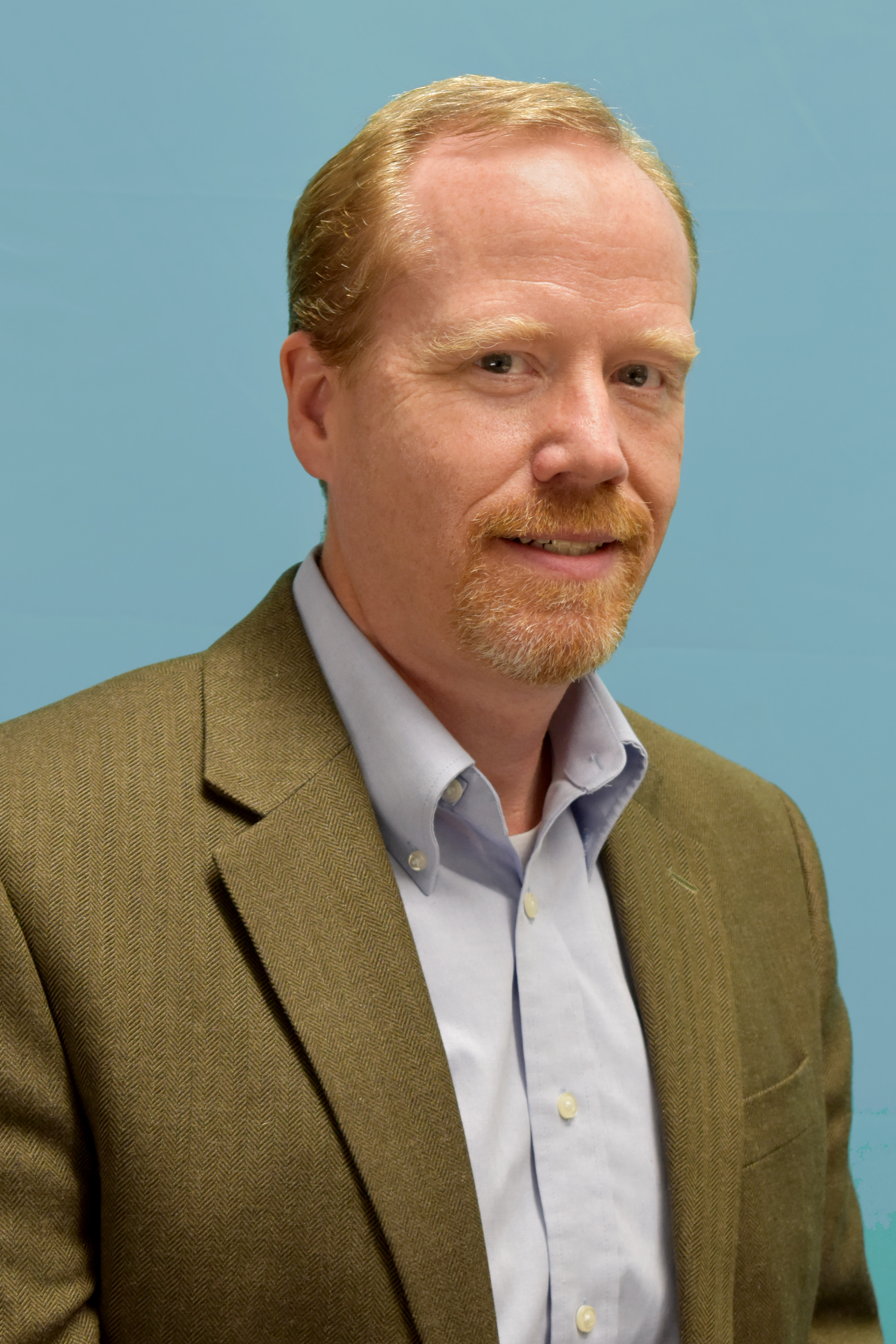
Research Scientist II
Cooperative
Institute for Mesoscale Meteorological
Studies
University
of Oklahoma
National
Oceanographic & Atmospheric
Administration/National
Weather Service
Storm
Prediction Center
Panel Topic:
"It Was 20 Years Ago Today: OSCER Then and Now"
Panel Abstract
OSCER was founded on August 31 2001.
In this panel,
OSCER users from the early days
talk about what OSCER was like then,
how OSCER has evolved,
and what impact OSCER has had.
Biography
David Jahn
is a Research Scientist II at the
Cooperative
Institute for Mesoscale Meteorological
Studies
of the
University
of Oklahoma
(OU),
serving as a member of the
Science Support Branch
within the
Storm
Prediction Center
(SPC)
of the
National
Oceanographic & Atmospheric
Administration
National
Weather Service.
David began his academic career
in the field of
Electrical Engineering
with a B.S. and M.S.E.E. respectively from
Oral Roberts University
(1987)
and the
University of Colorado
(1991).
He received an M.S. in
Meteorology
from OU
University of Oklahoma (OU)
in 1995,
and served as
Managing Director and Research Scientist
at OU's
Center
for Analysis and Prediction of Storms
(CAPS)
through 2004.
In 2005,
he joined
Weathernews
Inc
at their global offices in Chiba, Japan,
where he served as
a research scientist
and
cross-cultural liaison
among Weathernews facilities in
Asia,
Europe,
and the US.
He later was supported as
a research fellow
through a
National
Science Foundation
Integrative Graduate Education and Research
Traineeship
(IGERT)
grant
(now called the
NSF
Research Traineeship Program)
Iowa
State University
where he completed a Ph.D. in
Meteorology and Wind Energy
Science, Engineering, and Policy
in 2016.
His current research focus for the SPC
is to improve tornado probability forecasts
by investigating
what are the optimal
convective-allowing model
(CAM)
storm and environmental parameters,
including appropriate combination of such,
to distinguish tornadic storms.
Previous research has involved
modifying boundary-layer
parameterization
schemes
to improve CAM wind forecasts
as well as microphysics schemes
to improve lake-effect snow forecasts.
He has had extensive experience
organizing and supporting
international research collaborations,
and speaks several languages.
Kim Owen
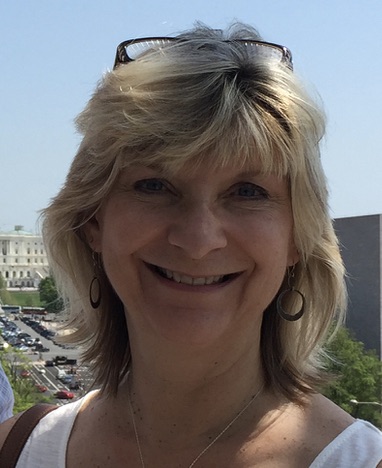
Program Manager
Information
Technology
North
Dakota State University
Panel Topic:
"Women In HPC - Great Plains Network Chapter"
Slides:
PDF
Panel Abstract
Introducing a Midwest Women in HPC chapter,
our goals and future prospects.
Biography
Kim Owen
currently serves as
Program Manager for
Research and Education Network Resources
for the
Office of the Vice President for
Information
Technology
at
North
Dakota State University.
Her primary responsibility is
to facilitate the use of
specialized resources
available through
the global research and education (R&E) network
community,
including
Internet2,
the
Northern
Tier Network,
and the
Northern Wave.
Kim's duties include
management and oversight of
contracts and fiscal agency of
North Dakota's affiliation with
the regional and national
research and education networks.
Kim leads project management for
NDSU's key partnerships within
the R&E community,
aimed at extending
research and academic resources
to faculty and students within NDSU,
the NDUS,
the ND Tribal Colleges
and the
North Dakota K-12 community.
Prior to joining NDSU,
Kim served the state K12 community at
EduTech
for twelve years,
where she supervised
professional development
and
client services in
technology assessment
and
curriculum integration.
Dimitrios
Papavassiliou
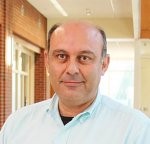
C. M. Sliepcevich Professor
School
of Chemical, Biological &
Materials Engineering
University
of Oklahoma
Panel Topic:
"It Was 20 Years Ago Today: OSCER Then and Now"
Panel Abstract
OSCER was founded on August 31 2001.
In this panel,
OSCER users from the early days
talk about what OSCER was like then,
how OSCER has evolved,
and what impact OSCER has had.
Biography
Dimitrios Papavassiliou
is the
C. M. Sliepcevich Professor in the
School
of
Chemical, Biological & Materials
Engineering
at the
University
of Oklahoma.
He holds a BS degree from the
Aristotle
University of Thessaloniki
in Greece,
and MS and PhD degrees from the
University
of Illinois at Urbana-Champaign,
all in Chemical Engineering.
Upon graduation,
Dimitrios joined
Mobil
Technology Company's
Upstream Strategic Research Center,
which was responsible for
the long term, high risk/high reward
research efforts in
Exploration and Production for Mobil.
Dimitrios came to the University of Oklahoma
in 1999,
where he was named a
President's Associates Presidential Professor
in 2006,
and the
C.M. Sliepcevich Professor of
Chemical Engineering
in 2013.
His research contributions
are in the area of
transport processes and mesoscale modeling,
including
turbulent transport,
micro and nano-fluidics,
flow and transport through porous media,
and
computational fluid dynamics
for biomedical applications.
Dr. Papavassiliou has published
over 135 journal articles,
mostly with
his graduate and undergraduate students.
His research has received funding from
federal sources
(National
Science Foundation,
National
Institutes of Health,
Department
of Energy),
defense agencies
(Office
of Naval Research,
Air
Force Office of Scientific Research),
private funds
(American
Chemical Society-Petroleum
Research Fund)
and
private company consortia
(Integrated
Poromechanics Institute,
Advanced
Energy Consortium).
He is the lead PI of the
University of Oklahoma
Big
Big Idea Challenge program on
Carbon-Free H2 Energy Producton
and Storage.
Dr. Papavassiliou served as the
Program Director for
Fluid
Dynamics
in the
Division
of Chemical, Bioengineering, Environmental
and Transport Systems
at the
National
Science Foundation
(2013-2016).
Through that position
he managed a research portfolio
with a budget that grew from
$9.5M/year to about $12M/year,
while developing collaborations between
NSF and other Federal agencies.
He currently serves on the
AIChE
Journal
consulting editors board
and he is a Fellow of the
American
Institute of Chemical Engineers.
Natasha Pavlovikj
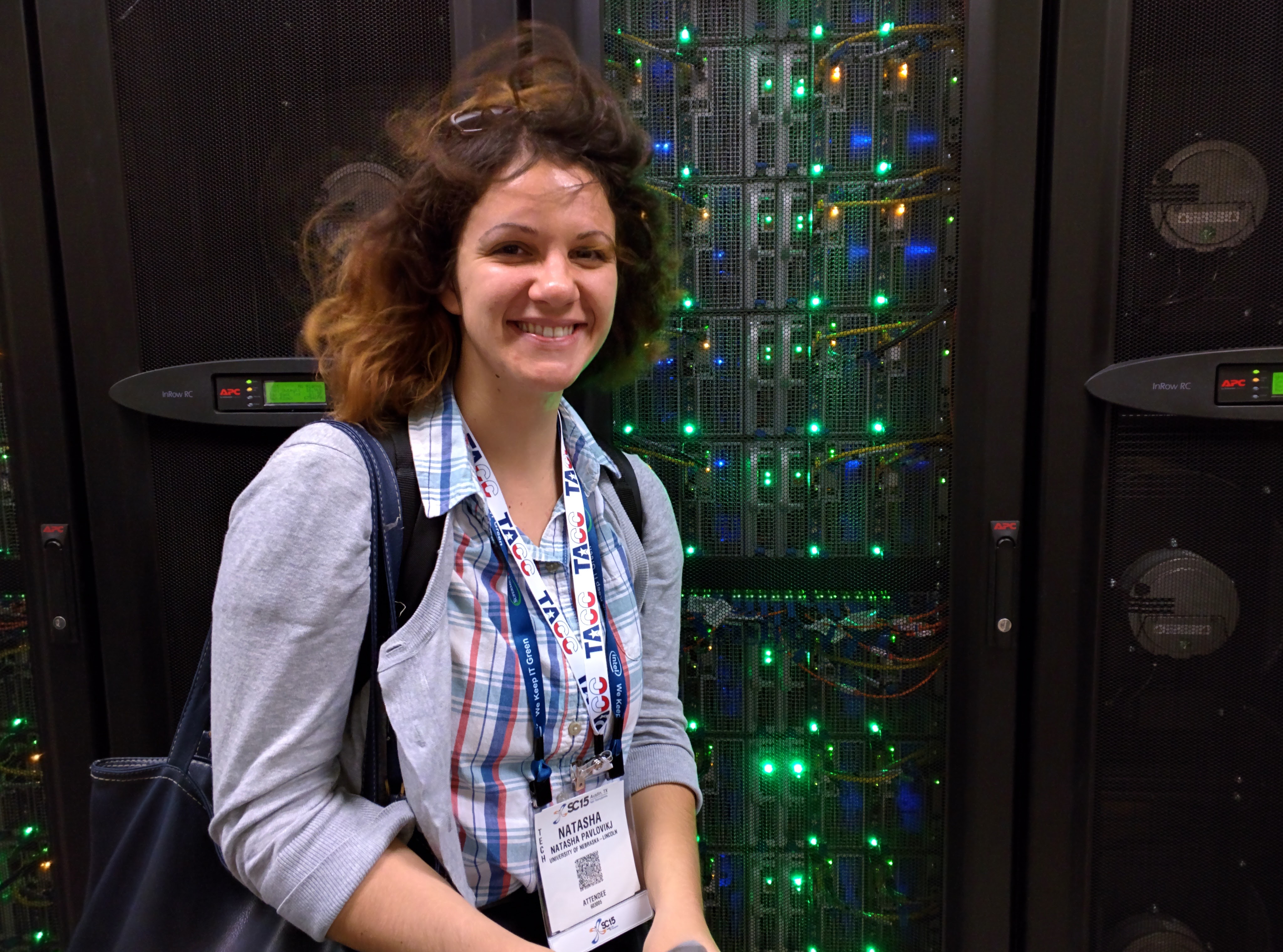
Graduate Research Assistant
Holland
Computing Center
Nebraska
Food for Health Center
University
of Nebraska Lincoln
Panel Topic:
"Women In HPC - Great Plains Network Chapter"
Slides:
PDF
Panel Abstract
Introducing a Midwest Women in HPC chapter,
our goals and future prospects.
Biography
Natasha Pavlovikj
is a PhD candidate in
Computer
Science
at the
University
of Nebraska Lincoln.
Her research focuses on
bioinformatics and high-performance computing.
In particular,
she is interested in
building scalable and modular workflows
and methods
for bacterial population genomics
that efficiently utilize
high-performance and high-throughput
computational platforms.
She is certified
Software
& Data Carpentry
instructor and
CyberAmbassador,
and helps with
various HPC support and outreach events
on her campus.
Christina Roberts
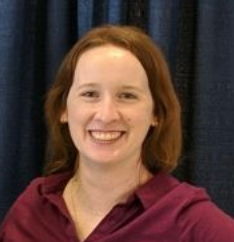
CyberInfrastructure Engineer
Research
Support Service
Division
of Information Technology
University
of Missouri Columbia
Panel Topic:
"Women In HPC - Great Plains Network Chapter"
Slides:
PDF
Panel Abstract
Introducing a Midwest Women in HPC chapter,
our goals and future prospects.
Biography
Christina Roberts
is simultaneously
a user support technician for the clusters
Lewis and Clark
and a graduate student of Bioinformatics focus,
both at the
University of Missouri-Columbia.
Her background is in
Genomics and programming,
and she has found fulfillment with her career
in assisting users and getting them comfortable
navigating MU's systems via Linux.
She is a
CyberAmbassador
and a
Carpentries
instructor as well.
Patrick Skubic

Professor Emeritus of Physics and Astronomy
Homer
L. Dodge
Department of Physics & Astronomy
University
of Oklahoma
Panel Topic:
"It Was 20 Years Ago Today: OSCER Then and Now"
Panel Abstract
OSCER was founded on August 31 2001.
In this panel,
OSCER users from the early days
talk about what OSCER was like then,
how OSCER has evolved,
and what impact OSCER has had.
Biography
Coming soon
Louis
J. Wicker
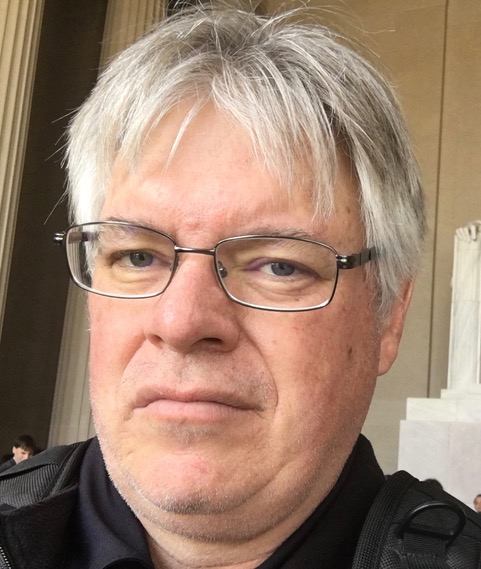
Senior Research Meteorologist
NOAA
National Severe Storms Laboratory
Chief Scientist
NSSL
Warn-on-Forecast
Program
Affiliate Professor
School
of Meteorology
University
of Oklahoma
Panel Topic:
"It Was 20 Years Ago Today: OSCER Then and Now"
Panel Abstract
OSCER was founded on August 31 2001.
In this panel,
OSCER users from the early days
talk about what OSCER was like then,
how OSCER has evolved,
and what impact OSCER has had.
Biography
Coming soon

